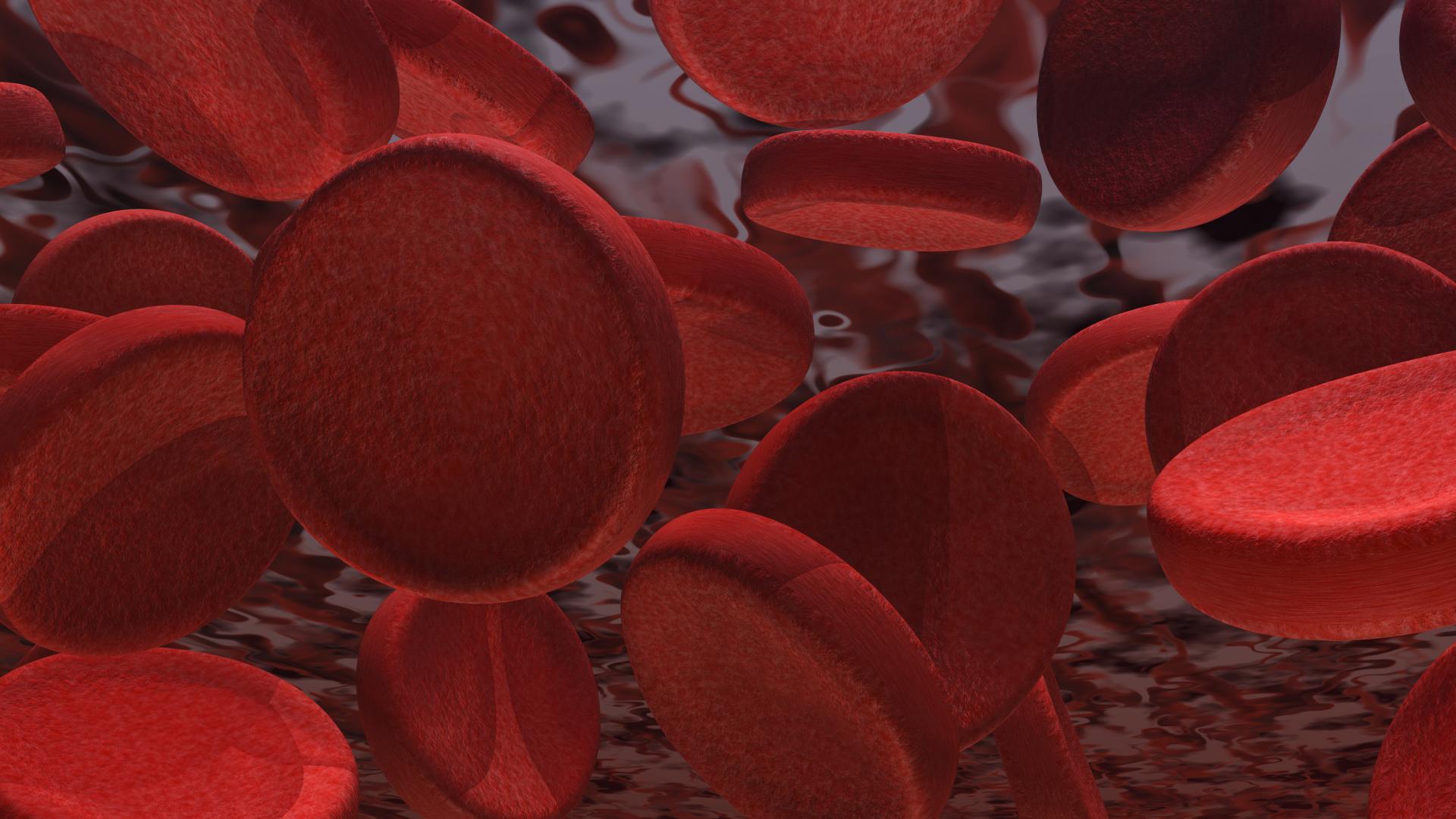Stable Isotope Labeling Kinetics of Human Tau in Alzheimer’s Disease

About the Research Project
Program
Award Type
Standard
Award Amount
$250,000
Active Dates
October 01, 2014 - June 30, 2017
Grant ID
A2014384S
Acknowledgement
Goals
In Alzheimer’s disease, and amyloid protein called tau is increased in the brain and fluid that surrounds the brain. It is unclear why it is increased. Is this due to increased production or impaired clearance? How much is production or clearance altered? Can drugs be developed that can correct abnormal tau production or clearance? These questions can now be answered and the answers will give drugs that target tau a better chance of working against Alzheimer’s disease.
Summary
We have developed stable isotope labeling kinetics (SILK) methods to study the kinetics of proteins in the human central nervous system (CNS). With a tau SILK method, we will label participants with stable isotope amino acids and measure the amount of labeled tau that the brain produces over time. By measuring labeled tau, we will calculate how fast the brain produces tau and clears it away. In Aim 1, we will label young normal participants to study tau kinetics in a normal physiological state. In Aim 2, we will label participants with AD and age-matched cognitively normal controls to answer the question, do tau kinetics change in AD?
The past few decades of AD research have focused on amyloid-beta as the cause of AD, but today more evidence indicates that tau protein plays central roles in AD. Tau is mostly an intracellular protein but is also secreted as extracellular protein in normal conditions, and in increased amounts in AD. The SILK method that we pioneered is uniquely able to measure production and clearance of tau in humans. We believe our study elucidating the kinetics of tau in the human CNS will provide the first measures of why tau is increased in AD (i.e., through increased production versus impaired clearance).
Tau is an important biomarker of AD. Our study elucidating human CNS tau kinetics will enable better designs for prevention and treatment of AD in the future. Specifically, understanding why tau increases in AD will allow for better development of tau-targeted treatments. Our study will also greatly advance the understanding of basic tau biology.
Related Grants
Alzheimer's Disease Research
Identifying New Memory and Brain Markers for Early Alzheimer's Disease
Active Dates
July 01, 2024 - June 30, 2026

Principal Investigator
Helena Gellersen, PhD
Current Organization
German Center for Neurodegenerative Diseases
Alzheimer's Disease Research
Staging Alzheimer's Disease Using Blood Samples
Active Dates
July 01, 2024 - June 30, 2026

Principal Investigator
Gemma Salvadó, PhD
Current Organization
Lund University
Alzheimer's Disease Research
Shining a Light on How Early Tau-Related Brain Changes Affect Memory Loss
Active Dates
July 01, 2024 - June 30, 2026

Principal Investigator
Martin Dahl, PhD
Current Organization
Max Planck Institute for Human Development (Germany)






